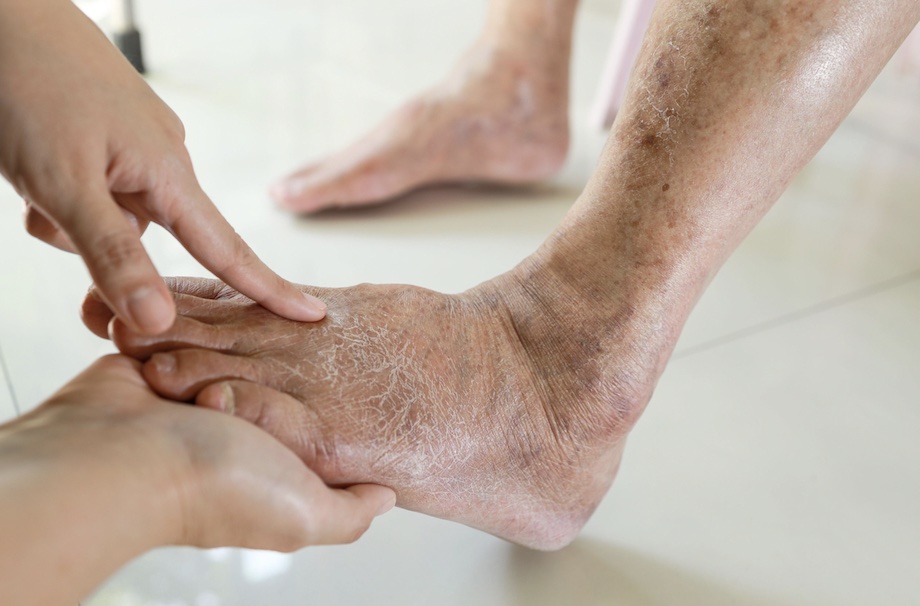What are Peripheral Arterial Diseases?
Peripheral arterial disease (PAD) occurs when there is thinning or hardening of the arteries outside the heart. The cause of this disease is arteriosclerosis.
This happens when fatty plaque builds up on the walls of the arteries that supply blood to the arms and legs. Plaque is a substance made up of fat and cholesterol that causes arteries to become narrowed or clogged.
This can reduce or stop blood flow to the legs. If the Obstruction of blood flow is severe enough, there is a lack of oxygen to the tissues, causing their death and sometimes leading to amputation of the foot or leg.

Peripheral artery disease is a common disorder. It almost always affects men over the age of 50, but women can also suffer from it. The main risk factor for peripheral arterial disease is smoking. Although they are also included; aging and conditions such as diabetes, high cholesterol, high blood pressure, heart disease, kidney disease, and stroke.
Many people who have peripheral arterial disease do not have symptoms. If you do have symptoms, they may include:
• Pain, numbness, discomfort, or heaviness in the leg muscles. This occurs when walking or climbing stairs.
• Weak or absent pulse in legs or feet.
• Wounds on the toes, feet, or legs that do not heal or heal poorly.
• Pale skin color
• Cold feet or legs, when compared with the other.
• Little growth of toenails or hair on the legs.
The specialists at CLINICA CARDIOVASCULAR will guide and diagnose peripheral arterial disease with a physical examination and ultrasound studies if necessary. Offering them various types of treatments that include lifestyle changes, metabolic control and medications.
On certain occasions, other diagnostic studies will be required, such as radiological studies (CT angiography or arteriography) and if necessary, and on certain occasions, more invasive procedures are required from endovascular procedures or surgery.


